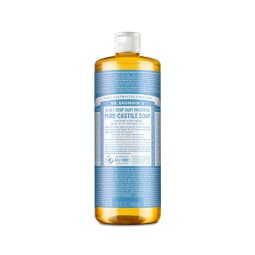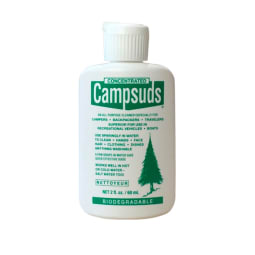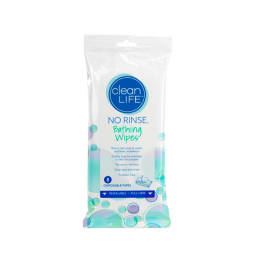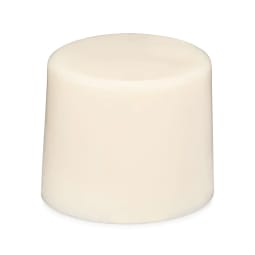JD Tanner, the director of education and training at Leave No Trace, explains that there are a few reasons to use biodegradable soaps in the backcountry—especially if you’re near a water source. For starters, conventional soaps often contain surfactants that lower the surface tension of water. These can make it harder for water striders to get where they need to go, as well as break down certain aquatic animals’ mucus layers, which protect them from harmful bacteria and parasites. The phosphates in some soaps and detergents can also contribute to algae blooms that deprive aquatic areas of oxygen, which is why many states are now banning them in household and personal care products. Biodegradable soaps won’t contain as many of these harmful ingredients and are safer to use in the backcountry. However, in accordance with Leave No Trace Principles, you should only use a small amount of them at a time and never apply them within 200 feet of a water source. To abide by this golden rule of camping, here’s how Tanner recommends going about your washing.











